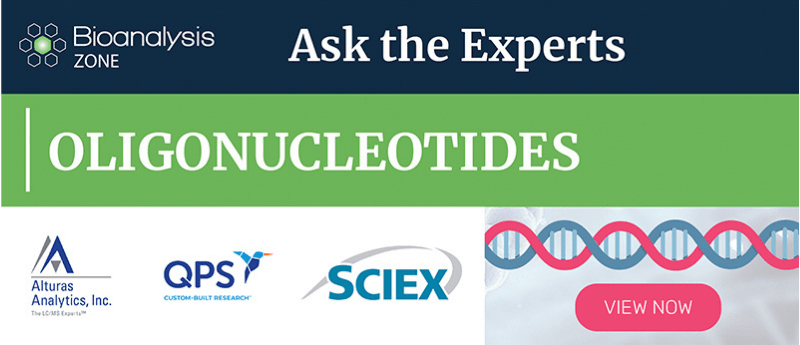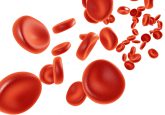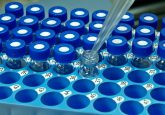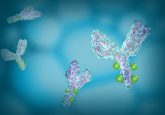3. What are the key benefits to standardizing methods for oligonucleotide analysis?

 Chad Christianson (Alturas Analytics)
Chad Christianson (Alturas Analytics)
Time, cost and therapeutic impact. Method standardization will result in faster development timelines, rapid data delivery and, ultimately, quicker regulatory approval. Additionally, the cost of developing standardized methods should also decrease as more vendors enter the market with a greater selection of materials and technological innovation.
 Zamas Lam (QPS)
Zamas Lam (QPS)
The current trend in oligonucleotides analysis and characterization is similar to what happened to protein analysis and characterizations in the 2000s. Having some standardization will provide a quicker collection and harmonization of data. However, for bioanalysis, it will continue to be the best techniques that fit the modalities, modification of the backbone and the secondary/tertiary structure.
 Ken Cook (Thermo Fisher Scientific)
Ken Cook (Thermo Fisher Scientific)
Method standardization is the key to confidence in results. These products will be produced all over the world and will steadily increase. We need confidence in the standardized results from characterization of these new drug modalities.
 Alexey Wolfson (Advirna)
Alexey Wolfson (Advirna)
The current methods for detection of oligonucleotides in tissues (hybridization assays, qPCR etc.) are not always very well comparable, which makes it somewhat different to compare biodistribution data obtained by different groups.
The opinions expressed in this feature are those of the authors and do not necessarily reflect the views of Bioanalysis Zone or Future Science Group.







